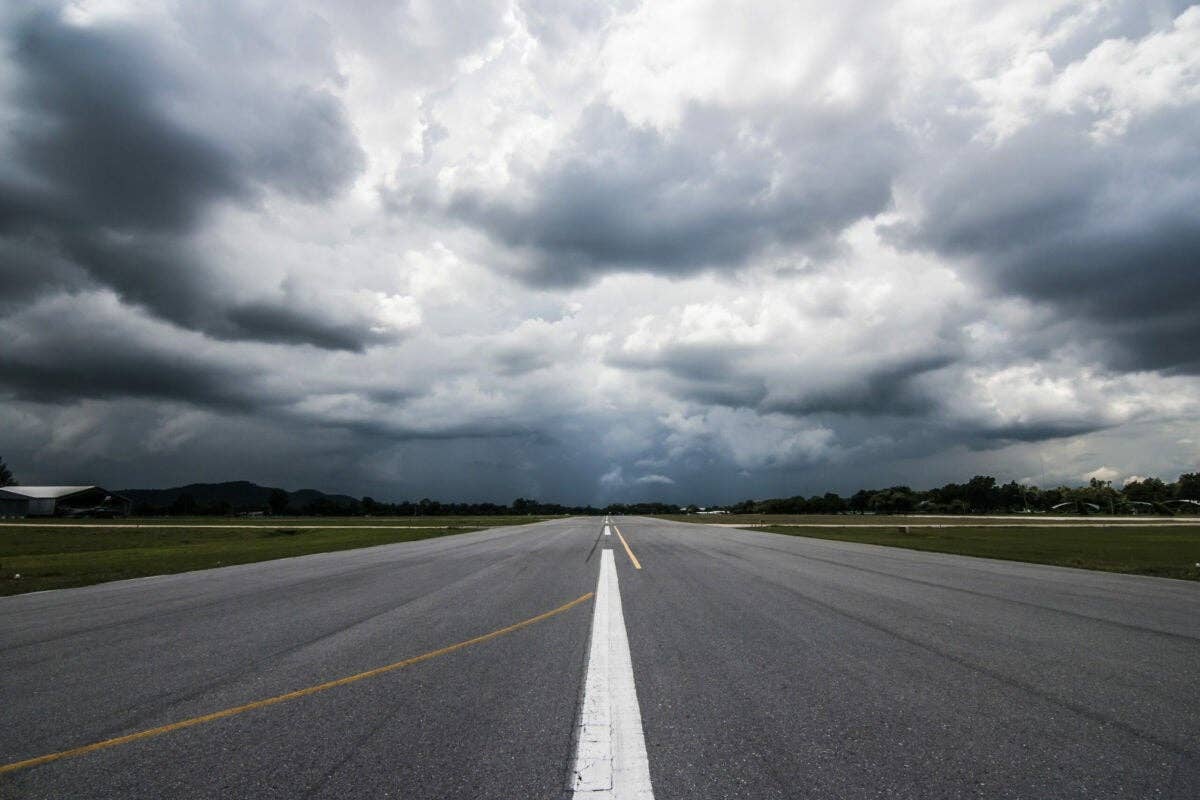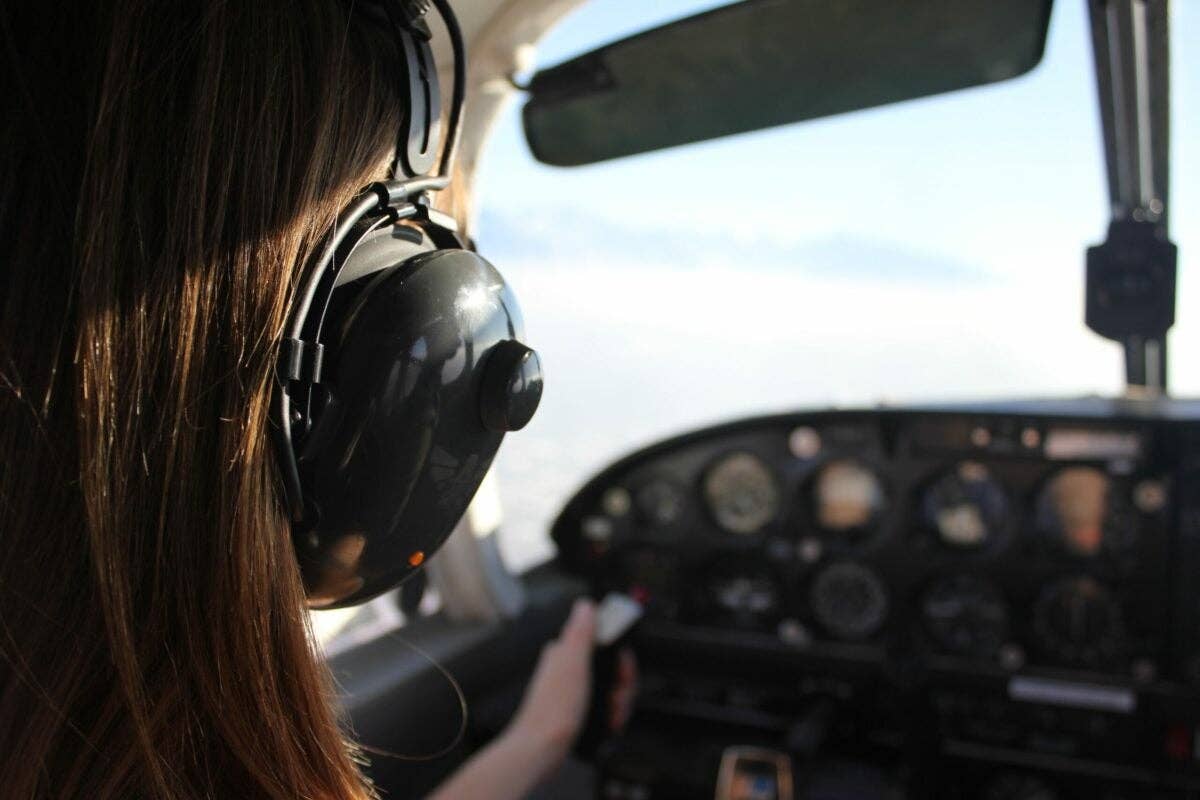
** To see more of Barry Ross’ aviation art, go
to barryrossart.com.**
Burr’s Berry Farm is well known for its famous strawberry milkshakes. Tourists and locals line up around the small berry stand where Mrs. Burr keeps the tradition of the farm alive. In back of the stand are rows of hydroponically grown strawberry plants elevated so that customers can pick their own strawberries without even having to bend over. The elevated hydroponic plants are at the south end of what was once a north/south grass runway. The sounds of radial engine biplanes and gentle Cubs, Chiefs and Champs that once lived on Burr’s Berry Farm are no more. Homes now surround the farm where aviation once thrived in South Florida near Homestead and the Florida Keys.
One of the two grass runways at Burr’s ran east and west, with the other running north and south. The east runway approach was over tall pine trees, with telephone poles on the opposite end of the runway. From our home a few blocks away, I would watch as the bright colors of yellow and blue silhouetted the shapes of Cubs and Stearmans on their final approach to Burr’s. They would approach the short grass runway, go into a sideslip and then disappear behind the tall pines. It was no secret that I took every chance I had to hang around the open wooden hangar at Burr’s or by the runway watching wings take flight into the sky as if by magic.
Charlie Burr was a gentle man and a great role model for a 16-year-old who marveled at the old airplanes that always surrounded him. One of those airplanes was the yellow J-3 Cub he kept on his farm. I would watch and listen as fellow crop-duster and pilot friend Randy Brown would stand next to his Stearman and talk about “when pilots were pilots and their planes were glad.”
Although not a certified flight instructor, Mr. Burr often took me up in the J-3. One day, we were flying his Cub out of his small grass airstrip. I was in the back seat, “where the pilot sits.” We were flying over the green and brown farm fields in a blue Florida sky with detached, puffy cumulus clouds. Mr. Burr turned around in the front seat of the Cub to look at me. “Do you like tomatoes?” he shouted above the sound of the engine and wind coming in from the Cub’s open fold-down door. As much as a 16-year-old cares about tomatoes, I shouted back, “Sure!”
I felt the signal — we did not have an intercom — of the control stick wiggling from side to side, indicating that he had the controls. Power was reduced to idle, and a gentle descending turn had us lined up with two dirt tractor tracks as red tomatoes on green vines flashed by the open Cub door. There we sat in the middle of a tomato field with the little 65 hp Continental gently clicking over at idle. Mr. Burr smiled as he turned to look at me, “This is my friend’s field. Get out and get a few for your mom.”
With tomatoes stored in the Cub’s baggage compartment, the wind once again rushed through the open door as the Cub’s tail gently lifted and the airplane elegantly, but slowly, rose into the air. Below, the field once again retreated into a carpet of dark green as our environment of farm fields was exchanged for clear South Florida sky.
Mr. Burr was still flying the airplane as we leveled off at 1,500 feet, arriving overhead of “Burr’s International,” as we called the narrow, short farm airstrip. “Ever fly a glider?” came the question from the front seat. “Nope.”
“Do you want to?”
“Sure.”
Mr. Burr reached over and turned the magneto switch from both to off. The nose of the Cub came up until the relative wind stopped wind-milling the propeller. It all seemed surreal as we hung in the air in total silence. Then came a surprise.
“Your airplane!” he called out just above the whisper of air rushing outside. I took the controls and did exactly as he instructed. “Keep your approach high until you are sure you can make the field,” he said. “Once over the pine trees at the end of the strip, put her into a sideslip to lose altitude and control your speed to landing.” I followed his instructions, and we made a dead-stick landing.
Years after that, I was flying with a student out of Richards Field, still in South Florida, in my Citabria. After the flight, we walked into the hangar where I kept my red Pitts Special with its standard white Pitts stripe down the side. The single-place Pitts was equipped with 150 hp. My student said he had never seen a Pitts fly. That was all of the encouragement I needed.
Opening the fuel cap during preflight in the dim hangar light, I rocked the airplane to visually check the fuel for my short 15 minutes of fame and aerobatic flight. The small plastic sight gauge for fuel showed that it was full as it curved back into the bottom of the tank. I pushed the Pitts out of the hangar, and soon the roar of the engine shot the airplane into an almost vertical climb. Leveling off at 3,000 feet the aerobatics began — the sequence of a loop, roll, Cuban eight and vertical reverse to head back for landing.
Suddenly, the roar of the 150 hp turned into dead silence, leaving me with only the whisper of the wind. I rocked the wings, suspecting a fuel problem. There was a short burst of power as the remaining fuel in the tanks made it to the engine. Then, once again, only the silence of the wind.
The Pitts Special is a wonderful airplane capable of many things, but with biplane wings, bracing wires and small lifting surfaces, gliding is not one of them!
Looking below from 1,000 feet, I saw a smooth field. Richard’s Field was absolutely and definitely out of range. A steep half circle had me lined up into the wind, high between the small rows of tomato plants that were just showing above the ground. A voice from my past told me to keep the approach high until I was sure I could reach the field. Then a slip would dissipate altitude and control airspeed. As the small plants passed by during the landing flare, I reached up and slid the Pitt’s canopy open. Again, a voice seemed to come from nowhere, saying, “Take some home for your mom.”
There was no damage. My student had seen me go down and was running across the field to meet me. We put the tail of the Pitts in the bed of my truck and sheepishly towed it out of the field, down the street and to Richard’s Field’s gas pump. Charlie Burr’s lessons of a dead-stick, high approach and slip to landing were good lessons indeed. The lesson re-learned was never to rely on fuel gauges or even sight looking into the tank. Always use a fuel dipstick, even for a 15-minute flight!
Perhaps there is another lesson to be learned from my experience. That lesson, taught by Charlie Burr, is to take care in how you affect the lives of others so that what you have taught will live on from generation to generation.
We welcome your comments on flyingmag.com. In order to maintain a respectful environment, we ask that all comments be on-topic, respectful and spam-free. All comments made here are public and may be republished by Flying.

Sign-up for newsletters & special offers!
Get the latest FLYING stories & special offers delivered directly to your inbox






